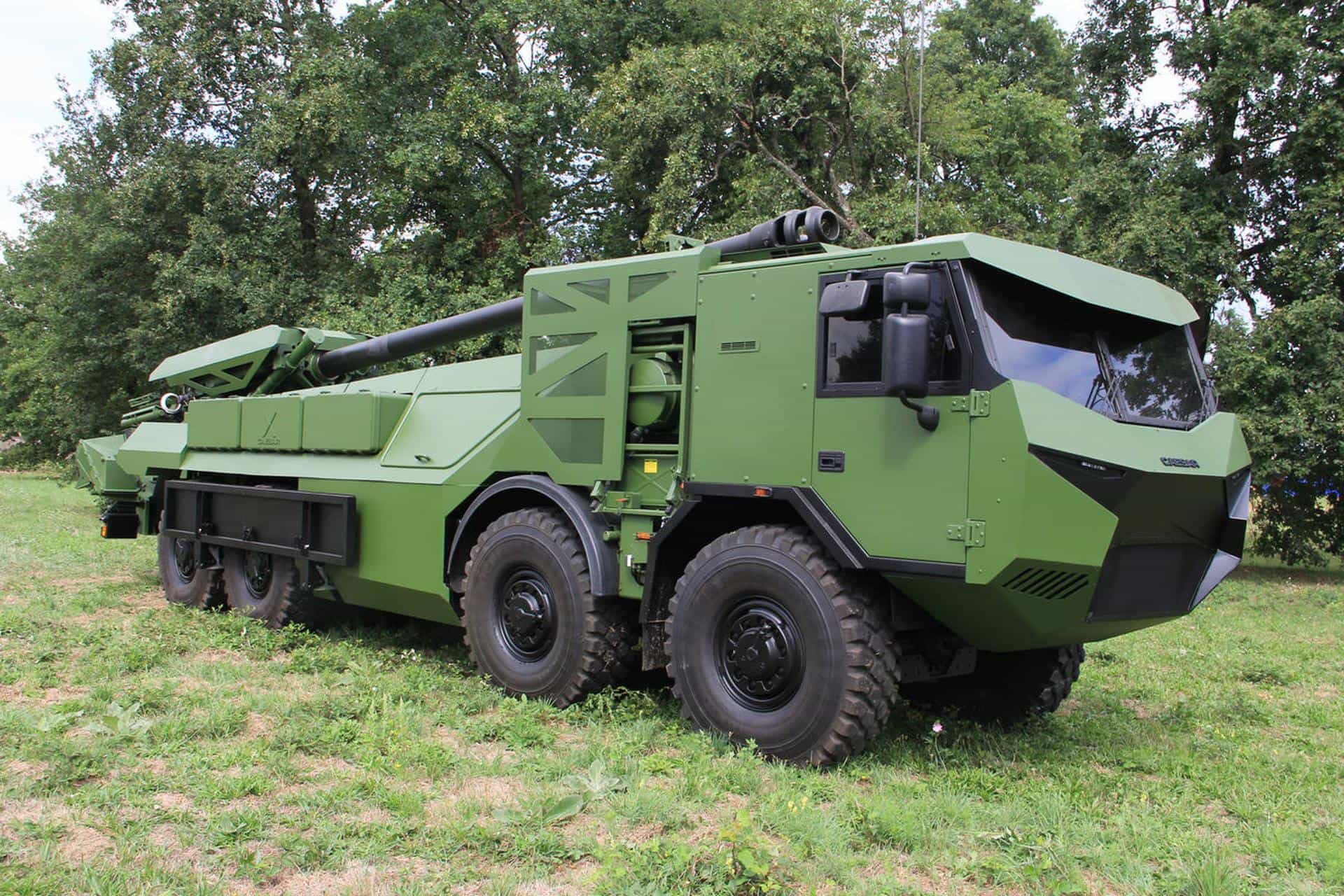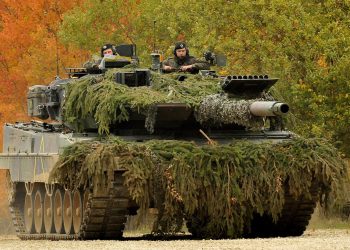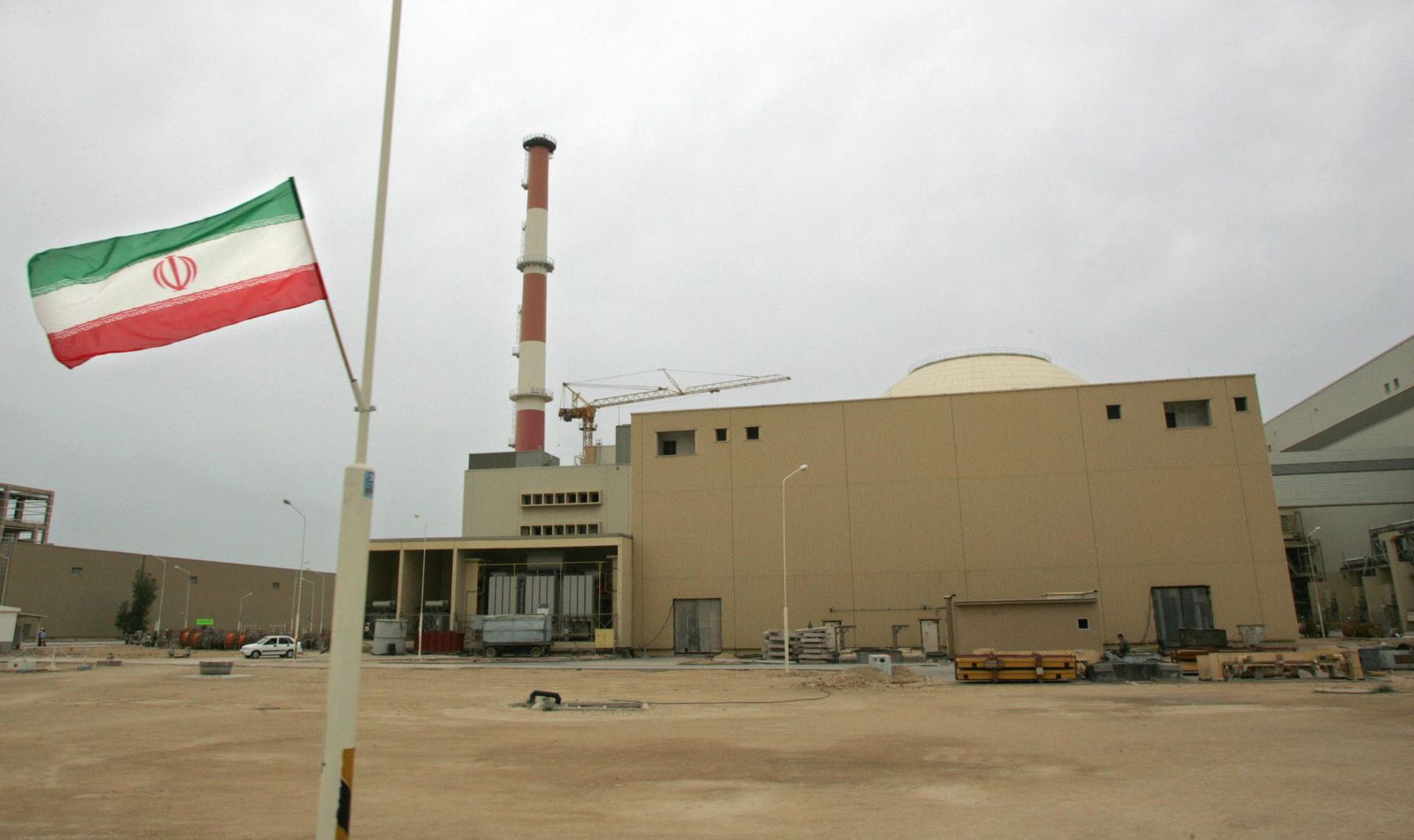ADELPHI, Md: Just months after the tragic attacks of September 11, 2001, the U.S. Army Research Laboratory launched an aggressive, innovative research project that has been instrumental to the development of low-cost, lightweight sensors capable of providing novel approaches to the detection of manmade threats to Soldiers, including biological agents, small arms fire, and missile plumes.
The Edgewood Chemical and Biological Center’s Tactical Biological Detector, an ultraviolet, light-emission diode – based bioaerosol detection device, can trace its heritage to the intellectual capital in wide bandgap semiconductors built from ARL’s nearly decade-old research initiative. This device emerged after combined efforts with the Defense Advanced Research Projects Agency and ARL under the Semiconductor Ultraviolet Optical Sources program.
The research came under ARL’s Director’s Research Initiative, an annual competition commencing in 1998 that calls for high-risk, out-of-the-box research ideas expected to result in emerging or alternative technologies that significantly advance mission needs beyond conventional expectations.
In 2002, a team of researchers was awarded a small seed investment of $110,000 to launch the initial project, titled “Measurement of the light emitting properties of wide band gap semiconductors with femto second resolution using ultrafast ultraviolet luminescence downconversion techniques.”
The study attempted to develop an optical technique that would enable an understanding of the fundamental physics of ultraviolet emission from wide bandgap semiconductors that could ultimately be used to create novel compact ultraviolet optical sources and detectors to be deployed in several Army applications.
Today, it has resulted in several million dollars of DARPA, Homeland Security Advanced Research Projects Agency, and Defense Threat Reduction Agency funding over the past decade, as well as the initiation of an ARL mission program with current assets of $1 million per year.
In addition, ARL has helped initiate a new DARPA-funded project for fiscal year 2010 that will look even deeper into the ultraviolet range, with the goal of not only detecting the presence of chemical and biological agents but also identifying them.
Chief researcher Dr. Michael Wraback, ARL Fellow, said he took notice of America’s threat realities shortly after the attacks of September 11th. DARPA was funding research to replace bulky, fragile, expensive photomultiplier tube ultraviolet sensors on helicopters with low-cost, solar blind wide bandgap semiconductor diodes.
These detection devices needed to be very sensitive to be able to spot a weak ultraviolet flash from small arms fire, missile plumes, and shoulder-mounted missiles.
At the same time, customers like ECBC had begun to seek a replacement for very expensive ultraviolet laser systems operating below the 280 nanometer wavelength range used for high sensitivity detection of fluorescence from biological agents.
Such high sensitivity, high value sensors were developed to address the “Soviet threat scenario,” in which biological agents dispersed over a wide area would be so lethal that it would be necessary to detect very low concentrations to mitigate hazards to Soldiers and indigenous populations.
Researchers at ECBC had begun to think about a lower-cost version of this sensor and had become interested in the possibility of replacing the expensive laser with cheap LEDs having wavelengths that could be tuned to maximize bioagent detection, while reducing false positives from common battlefield interferents such as diesel emissions.
“But everything changed after 9/11 and what followed immediately thereafter at the Brentwood Post Office with the anthrax contamination in mail that resulted in two deaths,” Wraback recalled. “The possibility of asymmetric threat concentration in a small area existed even though the hazardous agent might not be a high quality product. That drove the need to make a less expensive sensor – one that could be deployed en masse and networked to talk to each other to define threat locations.”
These sensors would require a cheaper and less conventional approach, which had not been implemented to support modern-day warfare. They would require wide bandgap semiconductor UV LEDs and photodetectors, but the materials were not yet well enough understood for these applications.
In a scientifically radical move, Wraback proposed in 2002 to understand how to quantify light emissions within the wide bandgap semiconductors with time resolution on a femtosecond (a millionth of a billionth of a second) time scale necessary to probe the fundamental physical processes in these ultraviolet materials.
This capability would enable one to provide guidance on how to make the LEDs more efficient while suppressing undesirable emission of heat.
In LEDs, Wraback explained, a voltage is applied to a device and current flows, which causes electrons from the n-side of the diode to flow into the conduction band of the active region where they are met by the positively-charged ‘holes’ injected into the valence band of the active region from the p-side of the diode.
When it works right, the result is light emission. But a common problem with this phenomenon, he said, is that defects in the material result in intermediary states between the conduction and the valance bands. These defects lead to heat emission instead of UV radiation emission.
Wraback and Dr. Gregory Garrett, then a postdoctoral researcher who has since become an ARL employee, figured out a way to determine the time scales at which UV radiation versus heat is emitted in the presence of various types and densities of defects.
As a result, ARL can make recommendations to device makers to increase the success rate of developing LED products. This capability was highly regarded by DARPA, which was driving the UV LED and laser diode development under its SUVOS program, and incorporated ARL into the program as its government laboratory for independent test and evaluation.
“ARL clearly addressed a problem that people were not looking at,” Wraback said. “At the time, UV LEDs had not yet found significant military or commercial applications.
“In some sense, the military, namely DARPA and ARL, also drove commercial applications for UV LEDs,” Wraback said. “Within the military mission, we can leverage the commercial sector to make things we couldn’t do before a reality.”
Among the applications from which Soldiers could potentially benefit is UV mercury-free water purification. For example, through the use of a LED inside the lid of a water bottle, special operations forces deployed to remote areas unsuitable for water logistics trailers would be at lower risk of water-borne illnesses resulting from sanitation failures thanks to this technology.








